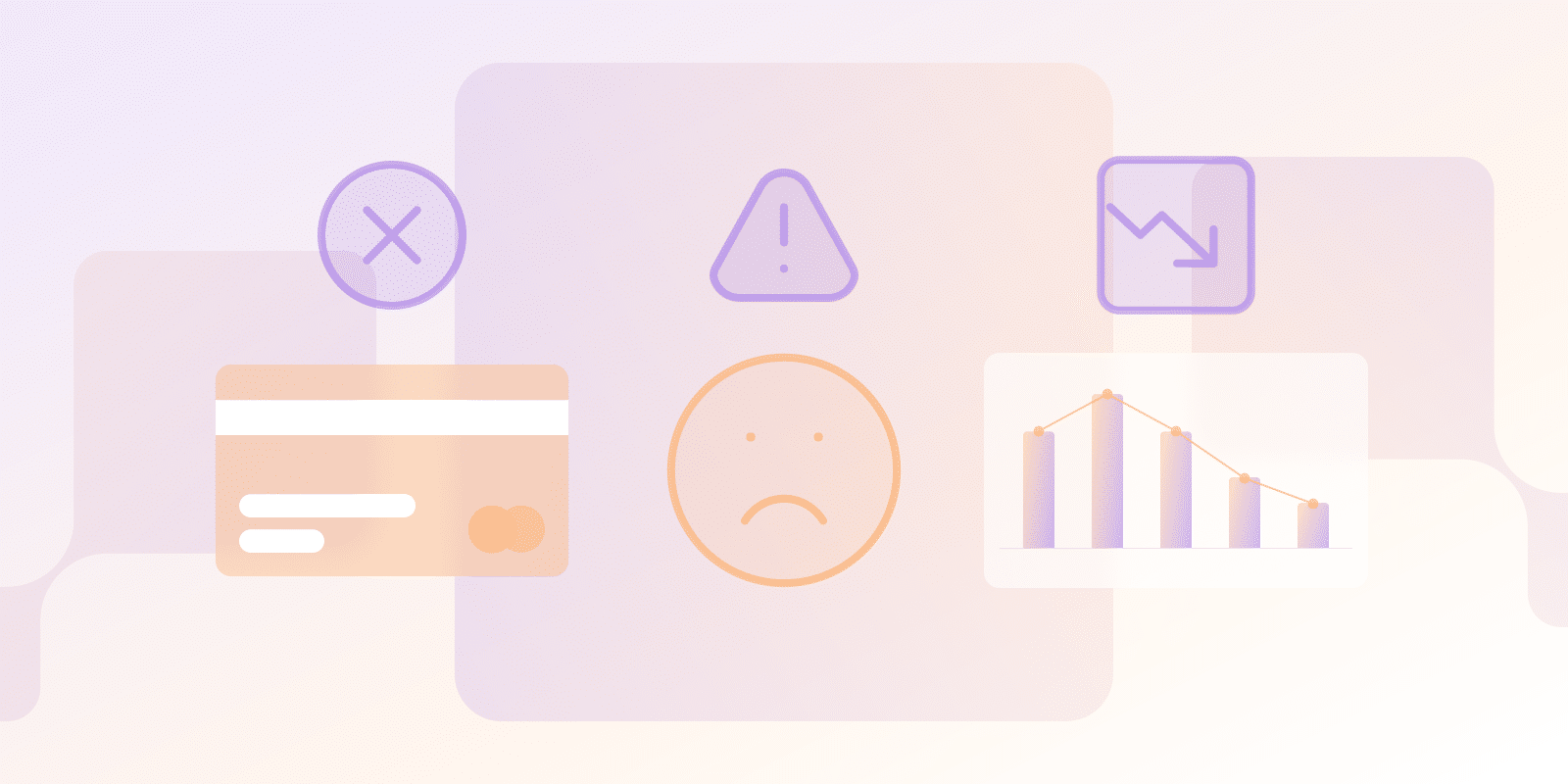Customer Retention
What is Customer Churn Analysis?

What is Customer Churn Analysis?
Customer churn analysis is market research undertaken to understand why customers stop using a SaaS product. It incorporates collecting, quantifying, and analyzing different types of churn to analyze trends and customer behavior and search for potential solutions to churn.
What are the different types of churn?
There are different types of churn:
- Customer Churn: This churn type determines the percentage of customers who unsubscribe to services during a given period. It serves as an outcome measure of business performance, especially regarding clients.
- Revenue Churn: This metric concerns the amount of consistent revenue lost due to cancellations or downgrading. When it comes to churn, one must always consider the cost, especially for any business establishment.
- Voluntary Churn: It happens when customers choose to leave because they are dissatisfied, have found better alternatives, or no longer require the product.
- Involuntary Churn: This occurs due to something out of the customer’s control, such as a declined payment or expired credit card.
| Characteristics | Customer Churn | Revenue Churn | Voluntary Churn | Involuntary Churn |
|---|---|---|---|---|
| Key Metrics & Measurement | ||||
| Primary Metric | Number of lost customers | Lost recurring revenue | Customer-initiated cancellations | System-initiated cancellations |
| Measurement Period | Monthly or annually | Monthly (MRR) or annually (ARR) | Ongoing basis | Payment cycle intervals |
| Causes & Triggers | ||||
| Main Triggers | Overall customer dissatisfaction | Downgrades and cancellations | Poor product fit, competition | Payment failures, expired cards |
| Business Impact | Customer base reduction | Direct revenue loss | Brand reputation impact | Technical revenue leakage |
| Prevention Strategies | ||||
| Primary Prevention | Customer success programs | Value demonstration and upselling | Product improvement and engagement | Automated payment retry systems |
| Recovery Potential | Medium | High through win-back campaigns | Low to medium | High through dunning |
How is SaaS churn calculated?
The way to calculate the customer churn rate is:
(Number of Churned Customers / Total Number of Customers at the Start of Period) x 100
Revenue churn is calculated in the same way as the company churn rate, but instead of the number of customers lost, MRR is used.
What are the common causes of churn in SaaS?
Understanding the causes of churn is very important when solving it. Some common causes include:
- Poor onboarding and user experience: Customers need help getting started or using the product.
- Lack of customer support and engagement: Customers opt to terminate products or services usage that are perceived to exhibit suboptimal efficiency levels.
- Pricing and packaging issues: When encountering issues related to pricing, hidden fees, or package offerings.
- Product-market fit: Customers are inclined to discontinue utilizing products that do not align with their specifications.
- Competition: Customers can easily be attracted by competitors who offer better features, lower prices, or better support.
How do you avoid churn in SaaS?
Reducing churn is an ongoing process that necessitates proactive strategies.
- Improve onboarding and user experience: Try to establish an optimal set of procedures and templates for onboarding, provide people with documentation and tutorials for leveraging the system to the maximum extent. And, finally, gather feedback from the users to amend the existing approaches.
- Provide excellent customer support: Some recommendations for providing support are hiring a competent support team, establishing several avenues of customer support (for instance, chat, e-mail, phone), and contacting the customers independently.
- Review pricing and packaging: Make prices adequately low to align with the customers’ needs and are not hard-coded and rigid.
- Focus on customer success: Implement customer success strategies for users to achieve their product objectives.
- Monitor customer health scores: Monitor the customer’s activity and traffic patterns to establish some of the signals that may indicate their desire to leave and reduce the likelihood of churn.
To reduce churn, focus on customer satisfaction, product value, and proactive support and build a loyal customer base.
Conclusion
Customer churn is a critical metric used in identifying and managing subscription loss for software as a service companies. It is possible to point out three actions that can help to prevent customer churning: monitor churn metrics, conduct exit surveys, and target interventions.